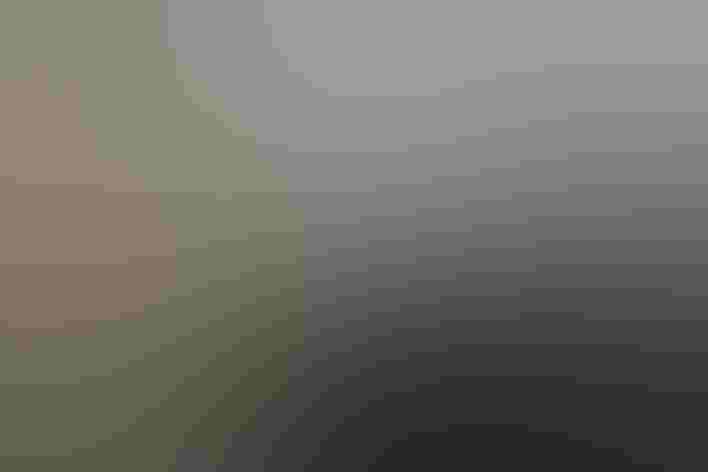Ivory Gull
At a Glance
A gleaming white bird of the frozen north, spending most of its life along shifting edges of pack ice in the Arctic Ocean. Its pristine appearance is belied by its feeding habits: the Ivory Gull often is a scavenger, eating carrion and even the droppings of other animals, and aggressively fighting over food. Seems to swim less often than most gulls. Only a very rare stray south of the Canadian border.
All bird guide text and rangemaps adapted from Lives of North American Birds by Kenn Kaufman© 1996, used by permission of Houghton Mifflin Harcourt Publishing Company. All rights reserved.
Category
Gull-like Birds, Gulls and Terns
IUCN Status
Near Threatened
Habitat
Coasts and Shorelines, Lakes, Ponds, and Rivers, Open Ocean, Tundra and Boreal Habitats
Region
Alaska and The North, Eastern Canada, Mid Atlantic, New England, Western Canada
Behavior
Direct Flight, Swimming
Population
45.000
Range & Identification
Migration & Range Maps
Moves south in winter to waters around Newfoundland and into Bering Sea, but mainly around edges of pack ice. Very rare stray south to New England and Great Lakes; in west, almost never found south of Alaska.
Description
17" (43 cm). Adult pure white with black legs, yellow tip on black bill. Immatures have black spots on wings and tail, black on face.
Size
About the size of a Crow, About the size of a Mallard or Herring Gull
Color
Black, Gray, White, Yellow
Wing Shape
Long, Pointed, Tapered
Tail Shape
Rounded, Short, Square-tipped
Songs and Calls
A harsh eeeer.
Call Pattern
Falling, Flat
Call Type
Raucous, Scream
Habitat
Arctic Ocean, barren northern coasts. Usually around edges of floating ice at sea, also along shores of northern islands in vicinity of pack ice. Rarely farther south along coast, and very rare inland in winter. Nests on cliff ledges, bare rocky ground.
Sign up for Audubon's newsletter to learn more about birds like the Ivory Gull
Behavior
Eggs
1-2, rarely 3. Buff to olive, blotched with dark olive, brown, or black. Incubation is by both sexes, roughly 24-26 days.
Young
Both parents feed young, and brood them while they are small. Young remain in nest until ready to fly; age at first flight not well known, but at least 5 weeks.
Feeding Behavior
Does much of its feeding while walking on ice or beach. Forages in flight by dipping to surface of water; sometimes forages by swimming or wading.
Diet
Carrion, small marine life. Diet includes small fish, crustaceans, insects. Often is primarily a scavenger, feeding on carrion (including kills left by polar bears) and on the droppings of walrus, seals, polar bears, and others. May feed on refuse around northern coastal towns.
Nesting
Usually breeds in colonies. Courtship displays include long calls, tossing head back so that bill points up, lowering head and doing "choking" movements. In courtship feeding, male regurgitates to feed female. Nest site is usually on cliff ledge, either coastal or inland; may be on flat rocky ground. Has been found nesting on patches of rock imbedded in floating icebergs. Nest (built by both sexes) is usually a bulky mound of seaweed, mud, debris, with shallow depression at top; sometimes little or no nest built.
Conservation
Conservation Status
Has declined at nesting areas at Spitsbergen (north of Norway) and probably at a few other spots, but North American population and trends difficult to determine. Climate change and reduction of pack ice in Arctic are likely to cause further declines.






